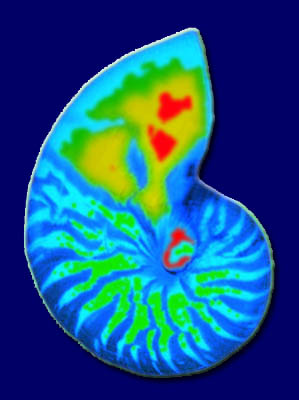
F.B. Louza fblouza(at)ualg.pt
and
S.M. Jesus sjesus(at)ualg.pt
LarSys, Universidade do Algarve, Campus de Gambelas, PT-8005-139 Faro, Portugal.
Comments: download presentation pdf.
Ref.: in UACE'2021, online, June 2021.
Abstract:
This paper presents a double Wiener superimposed training method for low SNR
communications. Research on the field has been encouraged, in recent years, to
keep underwater vehicles undetected while communicating, as well as to
mitigate the impacts of acoustic signals over marine life. In this approach, several
consecutive low power broadband bitstreams composed of a long probe
superimposed to the message are recorded on a four-hydrophone pyramidal
array. The method uses a classic minimum mean square error (MMSE) Wiener
filter for equalization. To explore temporal diversity, a fast Hadamard transform
(FHT) estimates the channel impulse response for time synchronization of each
MMSE filtered bitstream. For each channel, a coherent averaging of several time-
aligned signals results in an error-corrected averaged signal. A second Wiener
filter is then applied over the time-averaged sequence to remove residual
intersymbol interference. A spatial combination of the four time-averaged
bitstreams, from each channel, is performed. A method called “Hyperslice
Cancellation by Coordinate Zeroing” removes the intentional probe interference,
and the original message is recovered. To prove the concept, a small subset of
data collected during the experiment BioCom’19 was used. The short-range
experiment was performed in a shallow-water site, in Cabo Frio Island bay, a
challenging environment due to the upwelling that rapidly modifies the ocean
temperature stratification, degrading the acoustic propagation. Despite BER
fluctuation in time, the system proved robust, dealing with these short time scale
signal fluctuations and high noise levels that hamper efforts to recover the
message. To evaluate the performance for a single unit and an array, the four
channels were processed independently and coherently combined. Compared to
a previous method based on a single Wiener, the double Wiener approach
achieved better performance, providing a mean square error gain up to 4.7 dB.